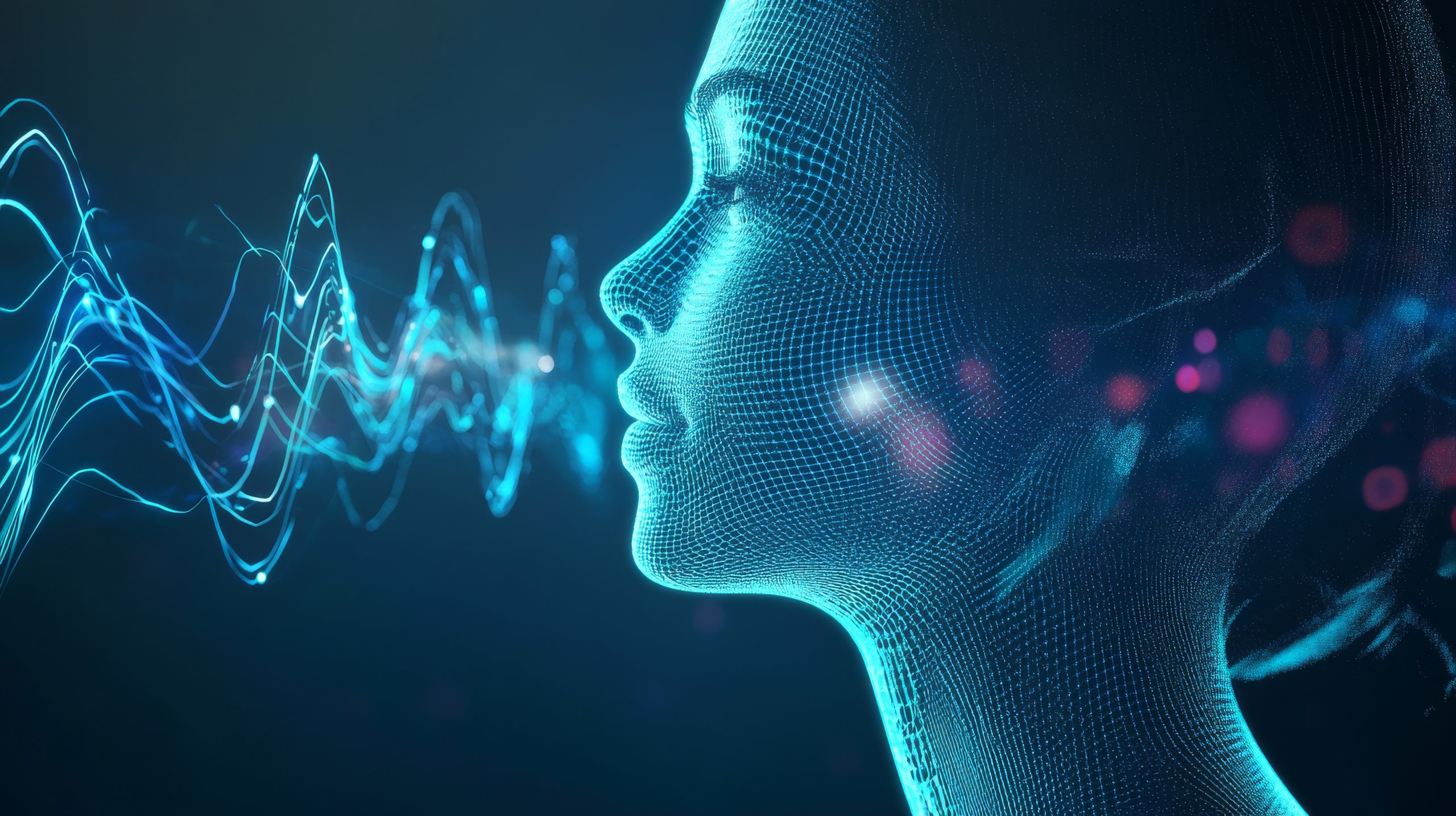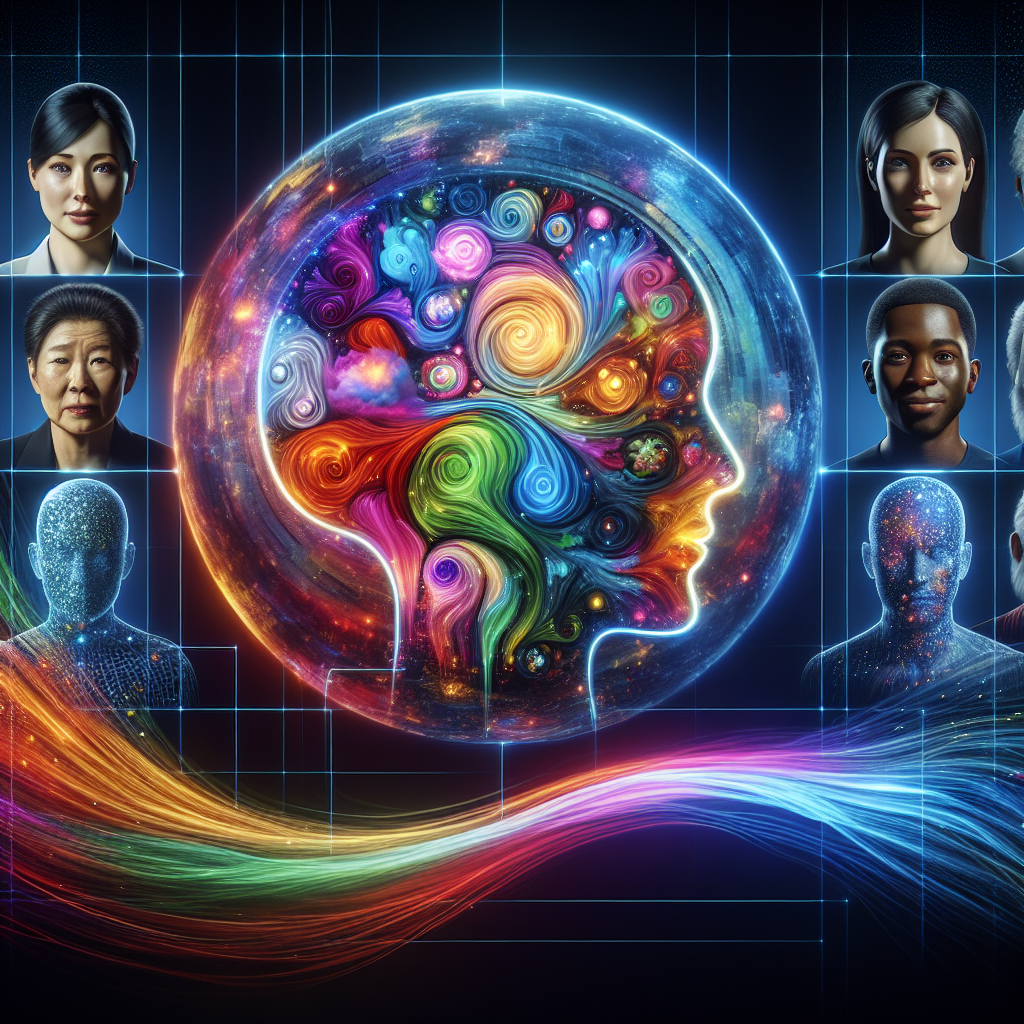Understanding Emotion AI and Its Capabilities
Emotion AI, also known as affective computing, is a branch of artificial intelligence focused on recognizing, interpreting, and responding to human emotions. It uses technologies such as facial recognition, voice analysis, and biometric sensing to gauge emotional states in real time. By processing subtle cues like tone, microexpressions, and heart rate variability, machines are beginning to understand how we feel.
Real-World Applications Across Industries
Emotion AI is making its way into diverse sectors. In customer service, it helps AI chatbots and virtual assistants adjust their responses based on customer sentiment. In mental health, emotion recognition tools assist therapists in tracking a patient’s mood and stress levels over time. Automotive companies are integrating emotion AI to monitor driver alertness and prevent accidents.
Marketing is another major domain where emotion AI thrives. Advertisers use it to analyze facial reactions to ads, optimizing campaigns for better engagement. Education technology platforms employ it to assess student engagement and customize learning experiences accordingly.
Ethical Considerations: Consent, Bias, and Misuse
As with any AI development, emotion AI brings important ethical concerns. Is it acceptable to track someone’s emotions without their explicit consent? How accurate are these systems across different cultures, genders, and neurodiverse populations? Without proper oversight, emotion AI could reinforce existing biases or be weaponized for manipulation and surveillance.
The discussion around The Ethics of Artificial Intelligence and Its Balance offers a useful framework here. Just like facial recognition, emotion AI must be developed with transparency, fairness, and robust privacy standards.
The Role of Emotion AI in Mental Health and Wellbeing
One promising area of growth is in mental health support. Emotion AI-powered tools can offer non-invasive, real-time monitoring of emotional wellbeing. For example, they can detect early signs of depression or anxiety and provide alerts or prompts for therapeutic intervention.
In some cases, these tools are paired with adaptive learning or AI therapy systems, similar to those explored in 5 Ways AI-powered Therapy Tools Are Revolutionizing. When used ethically, they have the potential to expand mental healthcare access and precision.
Challenges in Emotion Detection Accuracy
Despite the hype, emotion AI is far from perfect. Human emotions are complex, nuanced, and often context-dependent. A smile does not always mean happiness, and a furrowed brow could signal confusion or concentration. AI systems struggle with these ambiguities, leading to incorrect interpretations and flawed conclusions.
Furthermore, emotion AI often performs better with certain ethnic groups or vocal tones, raising concerns about algorithmic bias. Continuous training on diverse datasets and third-party audits are necessary to address these gaps.
Conclusion
Emotion AI is a fascinating and rapidly evolving field. Its potential to revolutionize industries is matched by the importance of ethical responsibility in its deployment. As machines learn to read our feelings, it is essential that humans remain in control of how, when, and why these tools are used.





Leave a Reply